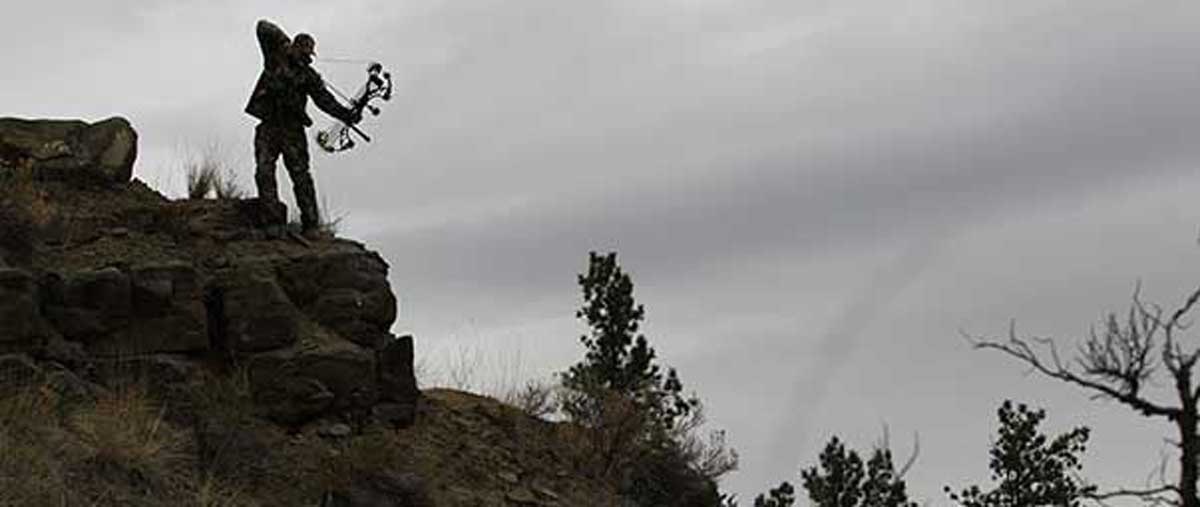As estrus wanes, bulls become less vocal and more wary every day. But there are some excellent tradeoffs.
There are pros and cons to bowhunting elk no matter when you go. If you hunt before the mid-September rut, animals are likely to be scattered, bulls silent, and weather especially warm. From September 15-25, large herd bulls are most easily found and all bulls are vocal. But this is also the time when most archers invade the woods. Mid-rut elk are chased hard and made unusually skittish. Finding a place without humans can be a genuine trick.
A solution? Consider bowhunting elk in the late-season. Of course, this presents its own set of problems, but I prefer this over other times of year. By “late,” I mean from the tail end of September through mid-October. Archery elk seasons vary from state to state, but many allow bowhunting until the end of September, and some bowhunts run to October 15 or beyond. On occasion, states will offer archery-only areas throughout rifle season, but be sure to read up on the regs and know if you need to don orange.
Spot and Stalk
Standard calling is less likely to work on bulls after late September. A few cow elk do enter estrus after the heart of the rut, and bulls swarm around these females like flies to honey. The result might be an occasional late-season morning of frantic bugling activity and the chance for you to sneak up on the milling herd. But more often than not, late-season bulls must be coaxed into answering your calls. Even if you race from ridge to ridge and bugle near dawn and dusk, the answers you get will probably be sporadic and half-hearted. Good luck getting a bull to actually approach your calls. That is not likely to happen.
Even if you don’t find a mature late-season bull with a herd, there are usually nice trophies not too far away. If terrain has open areas, one great tactic is spot-and-stalk. Hunt elk like you would a mule deer by sitting high with powerful binoculars and spotting scope. Rut-tired herd bulls do not move around a lot. If you find one on a hillside, he will probably stay there for days or weeks on end unless disturbed. Do keep in mind that they still need to eat and drink, so think ambush potential along travel routes between food and cover.
Late-season bulls will often still answer bugles and grunts. You might only get one or two responses, but that’s all you need to zero in on the animal’s general location. From there, you can glass to find the critter or pussyfoot closer through heavy cover.Water Ambush
In dry elk areas, there’s no better way to bowhunt late-season bulls than near a water source. At the peak of the rut, a big bull usually visits water with his herd. He bugles and grunts, tipping you off long before he appears. But late in the season, it’s more like bowhunting waterhole pronghorns or white-tailed deer near a food plot. Lone, rut-weary bulls trudge to water silently, often taking their time as they suspiciously scan terrain for danger. Your sit might not be as exciting as being overrun by a water-splashing herd, but the dividends can be just as great.
“Late season”= the end of September through mid-October. During this window:
1. Big bulls have typically left the herd
2. Bulls will often still answer bugles and grunts
3. Hunt them like a mule deer: spot and stalk
4. Consider setting up over a waterhole
